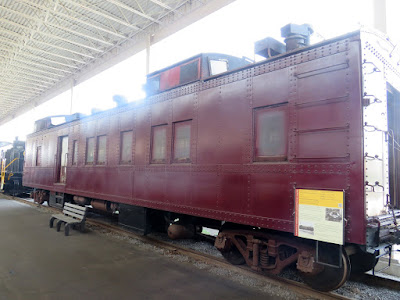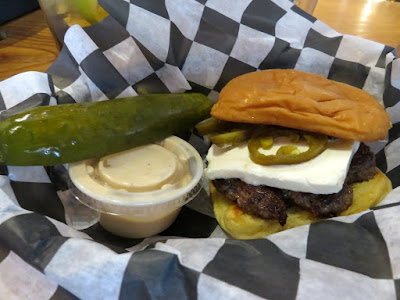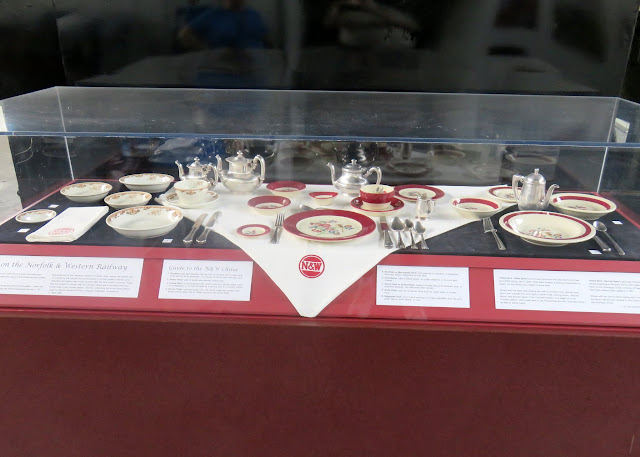This
posting is in memory of my dad, Ronald Allen Myers, who gave his life in defense
of our country during World War II. I
had not yet reached my 3rd birthday when he was killed…
This year
I decided to post more photos from his life before the war. This is a photo of my dad with his older
brother Clifford. Clifford was born in
1908 and Ronald was born 1911.
The boy’s
mother, Mary (Cerrow), died in 1925 when Ronald was only 14 or so. Their father, Frank, lived until 1955. Clifford passed on in 1987. Following my father’s death in 1945, I can
only recall 2 contacts with my dad’s side of the family so I don’t recall ever
meeting my grandfather, Frank. Why the
families didn’t keep in touch is a mystery that will probably go unanswered…
Thanks
to an Internet search, contact, and a subsequent visit by Myers family
relatives, I now have these photos from my dad’s high school graduation.
I must
say…how was I left out hair wise!? Even
when I had a full head of hair, it was never thick and luxuriant like his!
Since
my mother met my father when he was working as a ‘soda jerk’ in a drugstore
located in Jackson Michigan, I can only assume that this photo that I found in
my mother’s limited collection of pre-war photos is that special drugstore…Laurie believes that man on the ladder is my dad. Why else would my mom take that photo, she said?
This is
a photo of my mom, Elizabeth (Weed) Myers that was taken sometime in 1938. I don’t have a pre-war photo of the 2 of them
together. The few photos I do have were
apparently taken of them by each other.
My dad,
Ron in his bathing suit… This is also from around 1938 and was part of my
mother’s small photo archive. I do see a
resemblance in body type!
My
mother met my dad at that soda shop/drug store when he was working his way
through Michigan State College’s School of Forestry. This was in 1938…and the economy was still
dragging from the Depression. They were married in 1939. I heard a
few stories and have a couple of letters that refer to trying to get by with
very little money. When he landed a job
with the Michigan Department of Natural Resources, it was a big event in their
lives…
And so
World War II began… This photo of yours truly with my mom and dad was taken in
front of my mother’s parent’s house on Prospect Avenue in Jackson. I was born in the summer of 1942 and this
photo looks like it was from later that year.
Ron had joined the army and had gone off to officer’s training
school. However, since he was
colorblind, he washed out.
So my
dad was off for training again…at a base down in Texas. You might note that he has 3 stripes in this
photo vs. 2 in the first photo. He’d
been promoted from Corporal to Sergeant. I was a 'big boy' in this picture...
My
mother told a story about the two of us taking a train from Michigan to Texas
to see my dad while he was continuing his training. Despite the fact that I was a little more
than 2 years old, I wasn’t speaking yet.
The train was full of troops moving from one place to another. She recalled suddenly hearing a child’s voice
speaking in complete sentences and when she looked she was startled to see that
it was me! Between my doting mother and
grandmother, I didn’t have to speak to get what I wanted… I just pointed and
grunted or cried. That didn’t work with
the troops so I had to actually tell them what I wanted!
This
was the telegraph that my mother received letting her know that her husband and
my father had been killed in action.
After
completing his training, my dad was shipped out to Europe in 1945, where he
served for only about 4 months before being killed. The timeline is interesting and sad… Hitler
committed suicide on April 30, 1945. My
dad was killed on May 6th.
The German Army unconditionally surrendered on May 7th. Ronald Allen Myers was buried in the Lorraine
American Cemetery near the town of St. Avold France.
This
clipping is from the Jackson Citizen Patriot Newspaper. Ron had been promoted to Staff Sergeant by
the time he died.
Last
year, as is my practice, I’d posted a Memorial Day tribute to my father. I’d mentioned that I didn’t know anyone on
the Myers side of my family and I’d stated that Clifford Myers was my dad’s
brother. Thanks to the Internet, some
family members found me and made contact.
Subsequently,
this past Holiday Season they came to visit…and they came bearing gifts as
well! When clearing out the old family
home in Jackson Michigan, they come across a big trunk full of my dad’s
things. Among many other items, such as
those high school photos and love letters, they also had my dad’s burial flag.
It was
an emotional moment for all of us when we unfurled and held that big American
Flag up for this photo. From the left,
Alex, his mother Sandy, Alex’s dad Dale, me and Dale’s brother, Michael. Clifford, my dad’s brother was Dale and Mike’s
grandfather…
Thanks
to the sacrifices of over 407,000 Americans and their families during World War
II, we continue to live in a democracy instead of in a brutal dictatorship. With all of our flaws, I can’t think of a
better country to live in… God Bless America!
Thanks
for stopping by and helping commemorate the sacrifices made by so many in so
many different conflicts…
Take
Care, Big Daddy Dave



















































